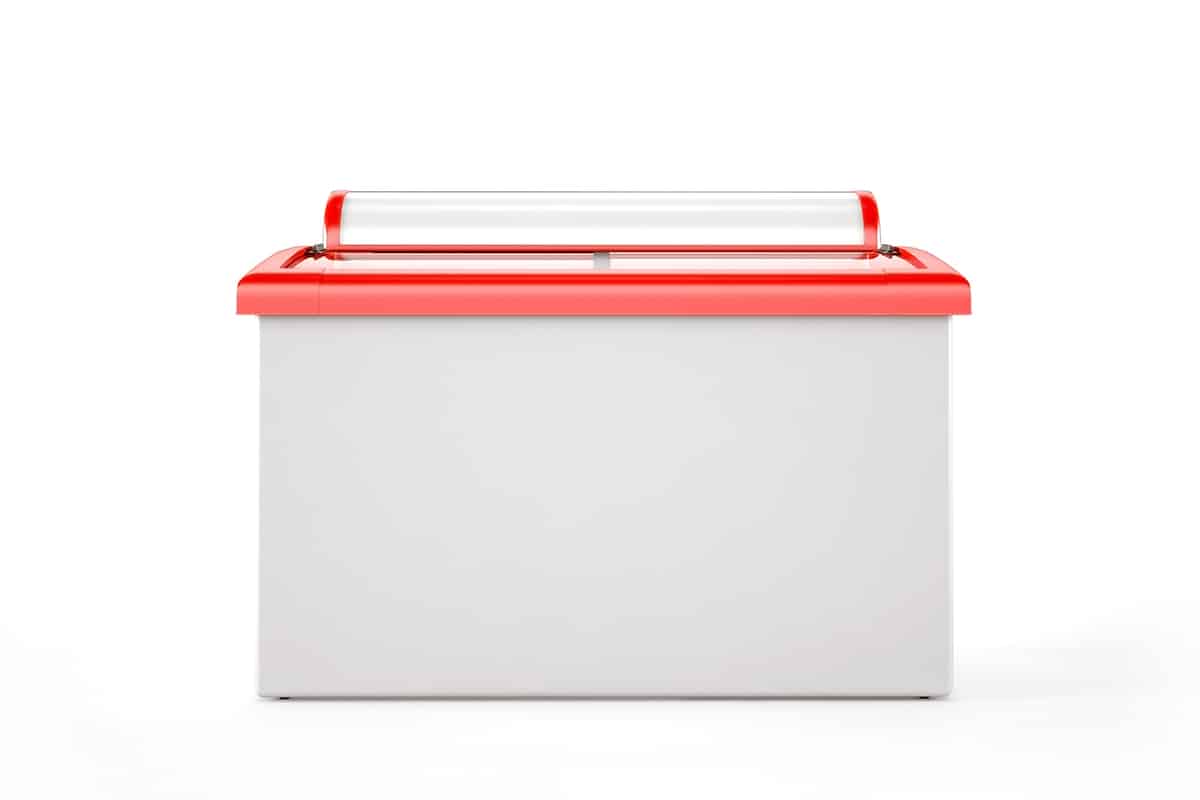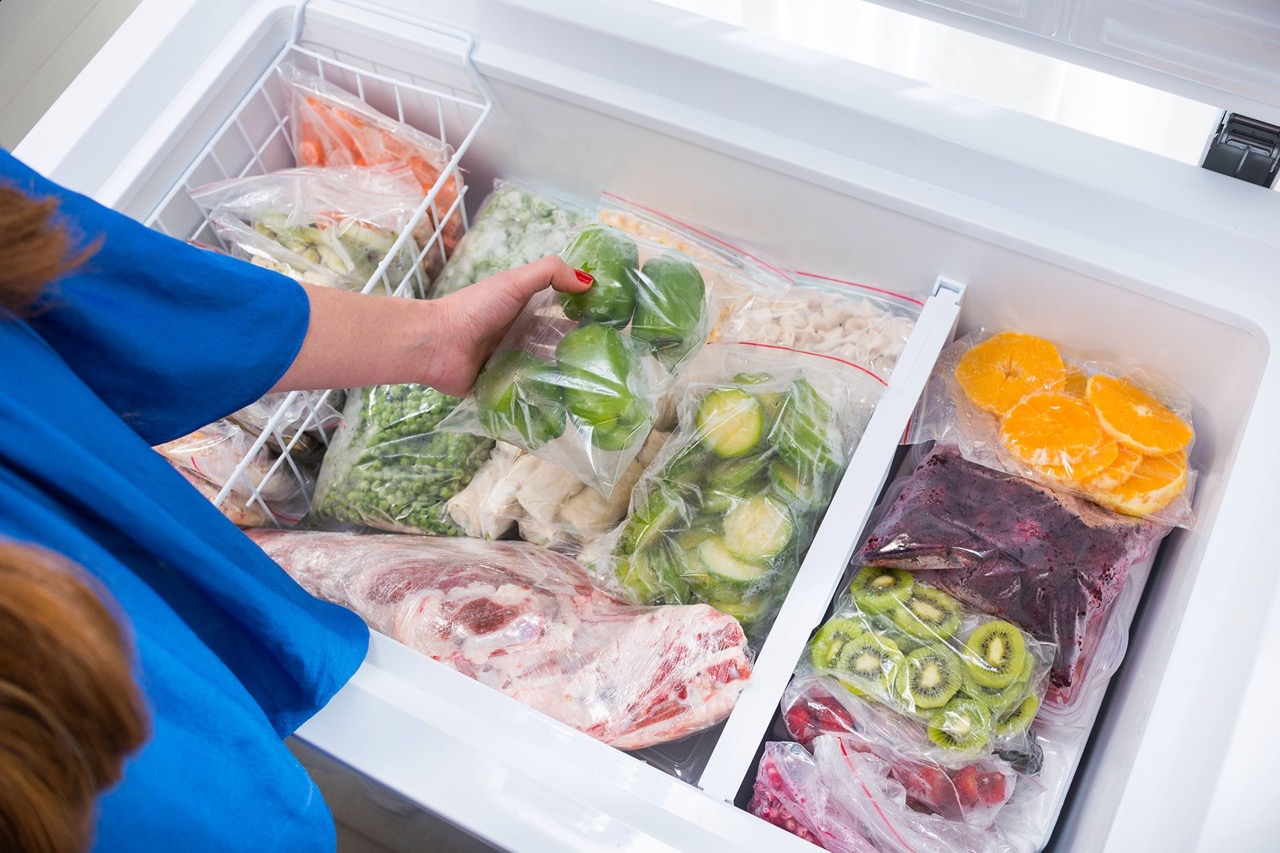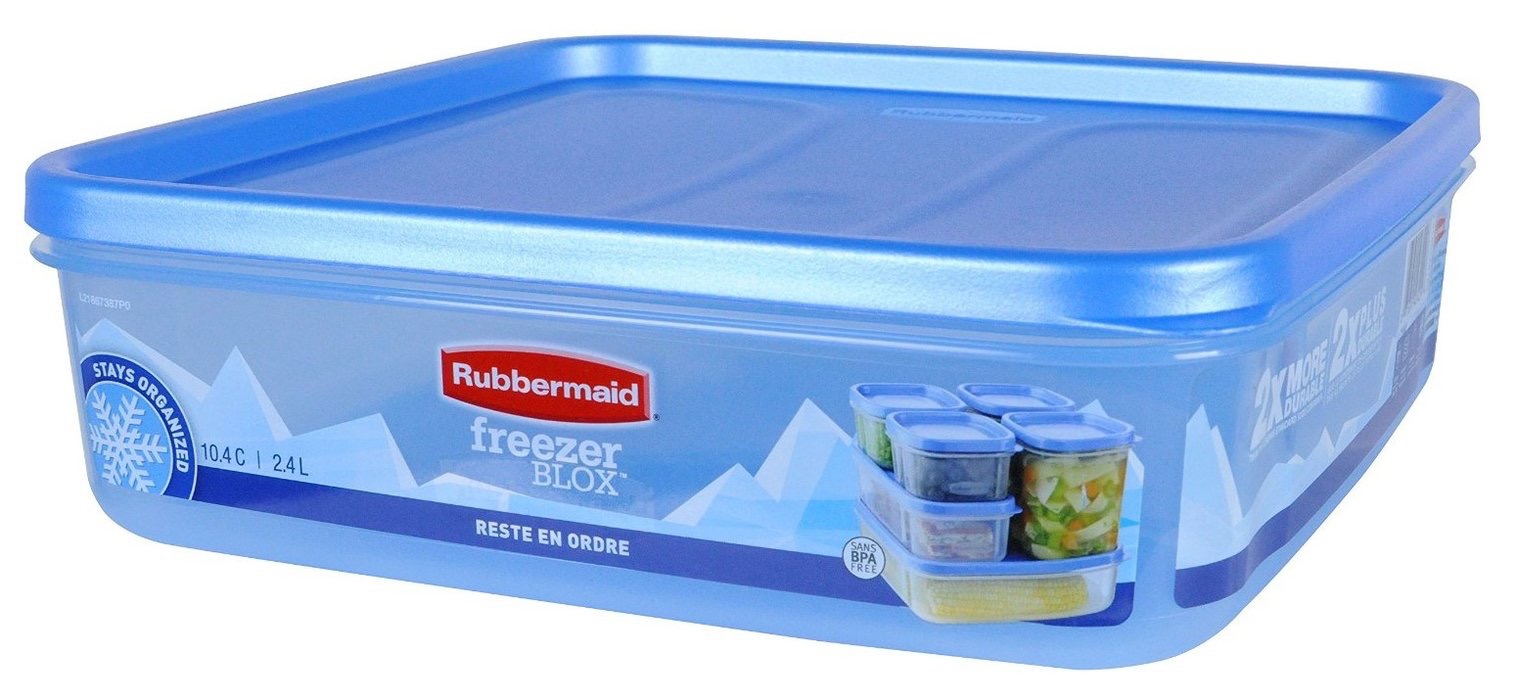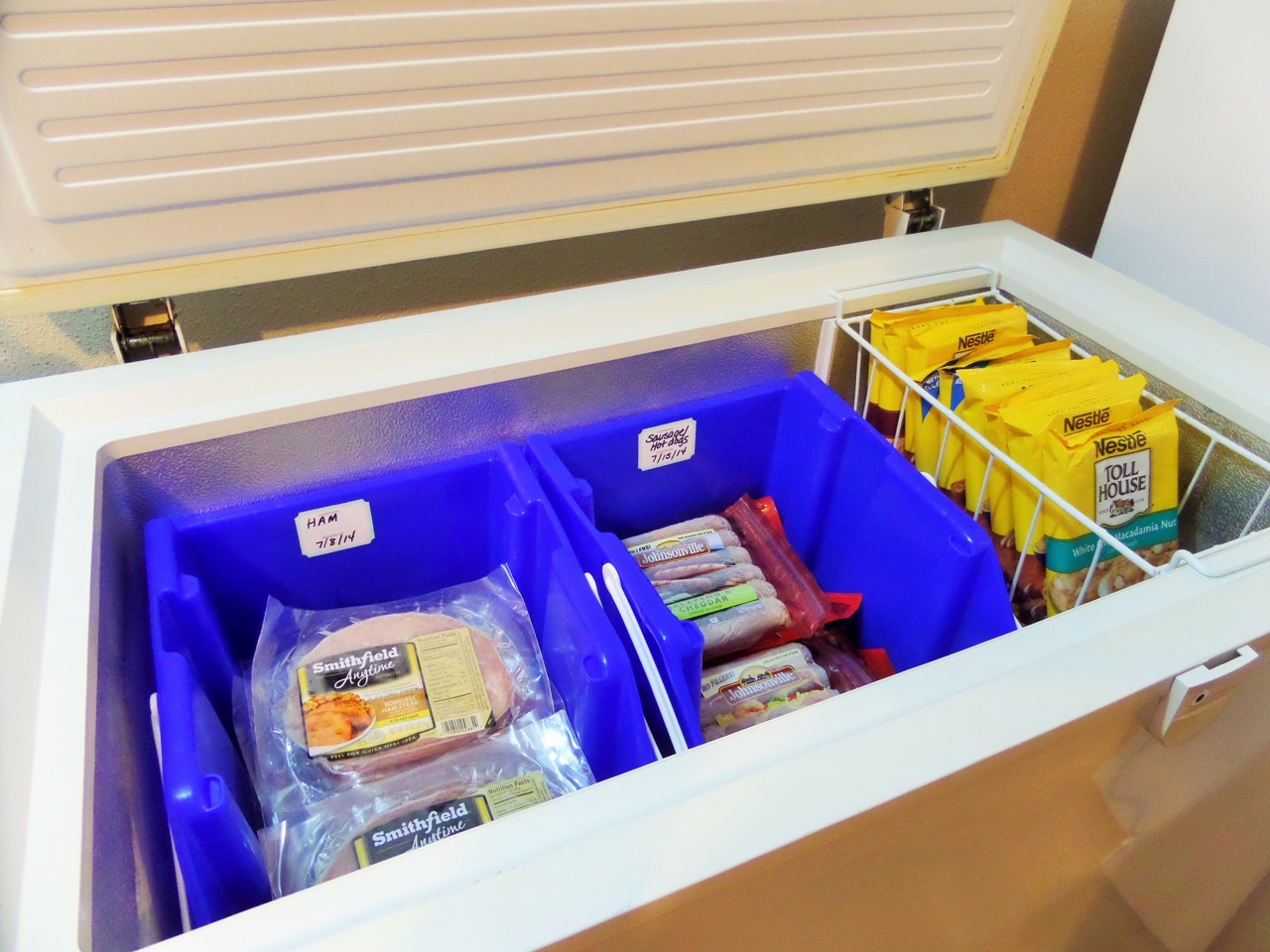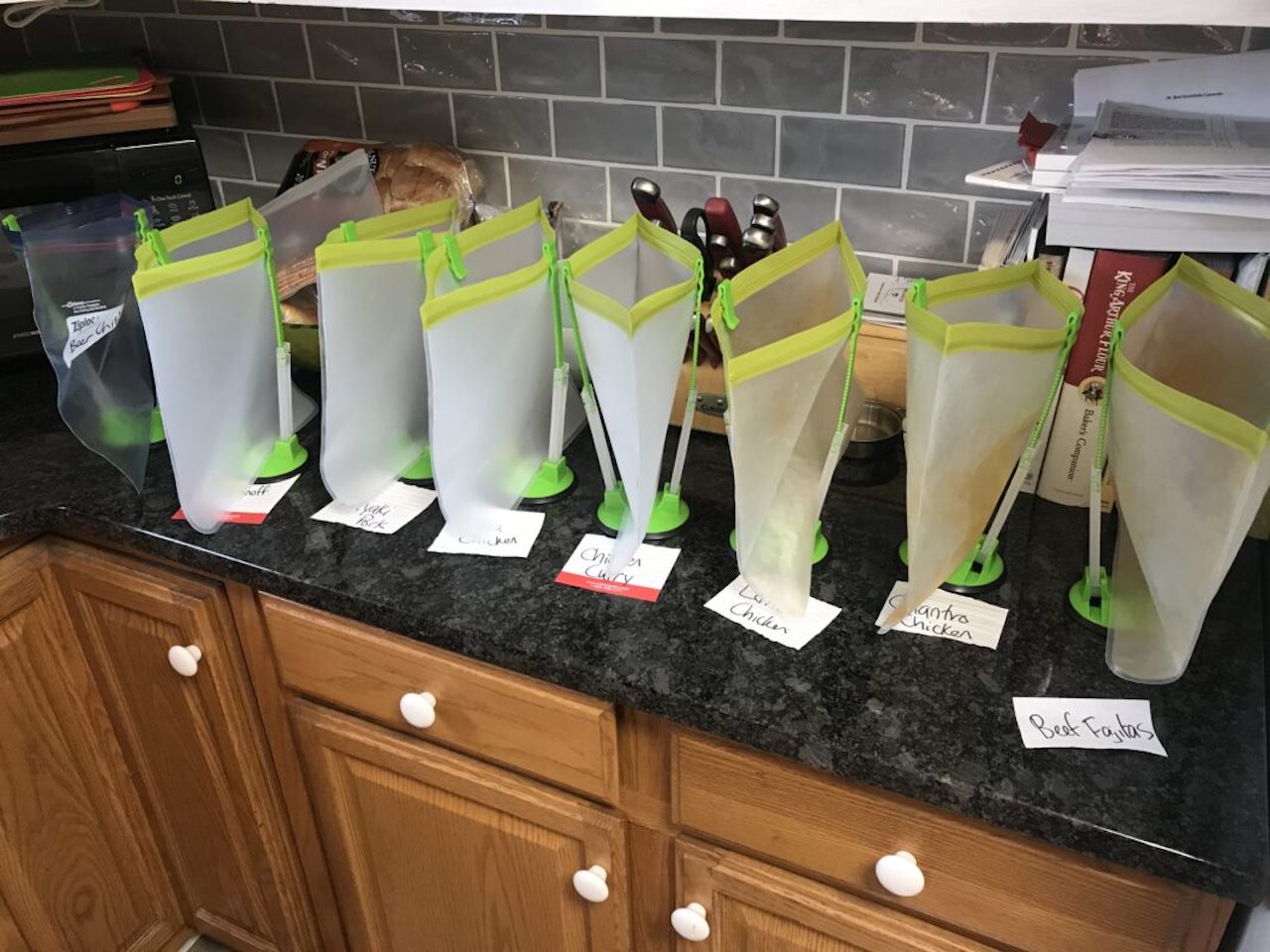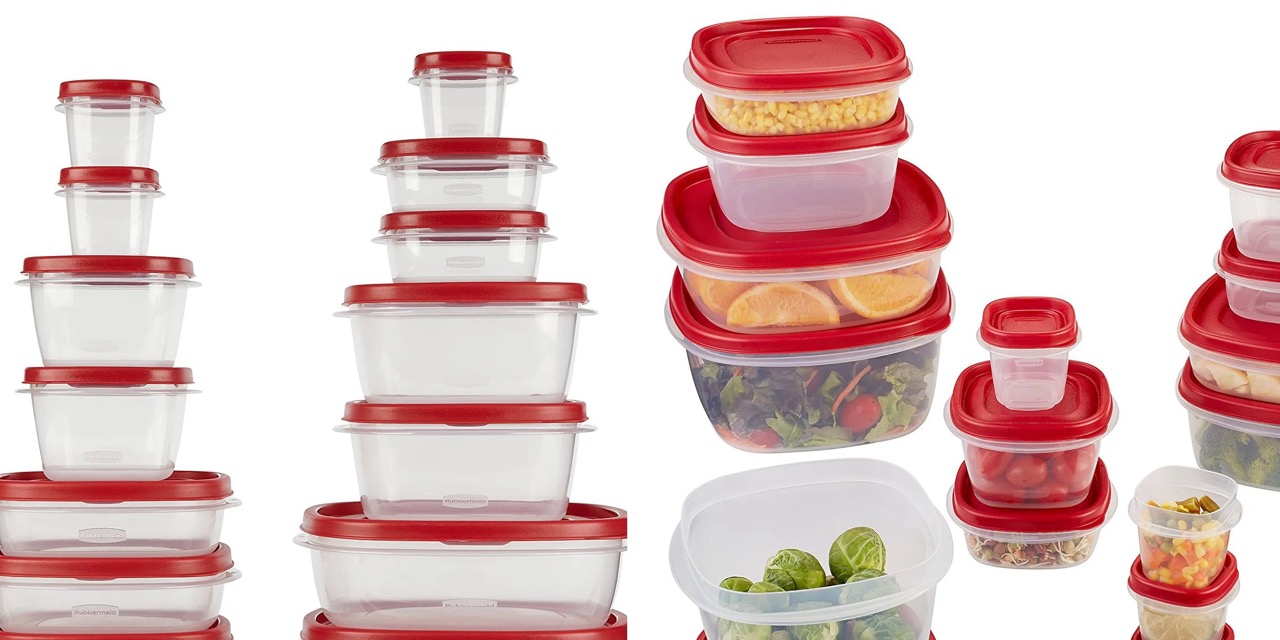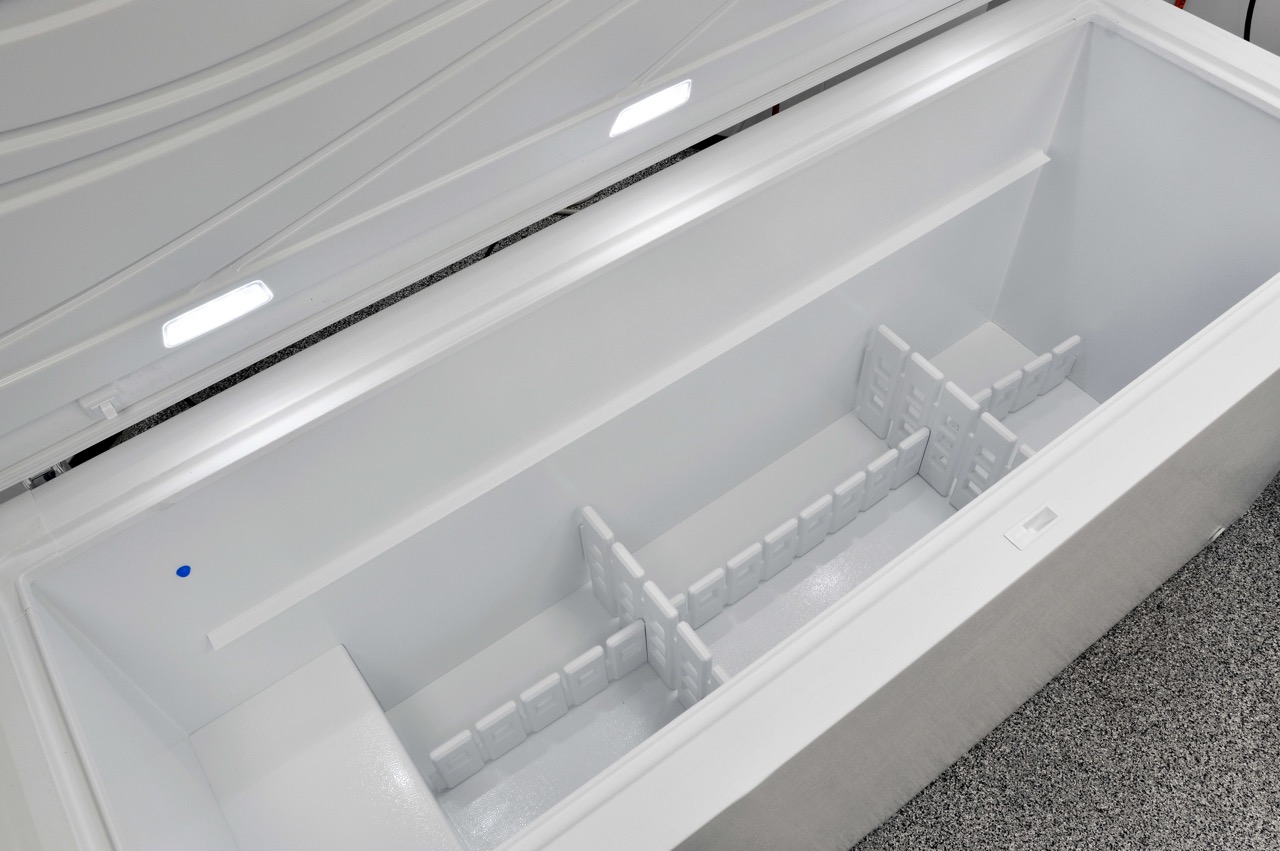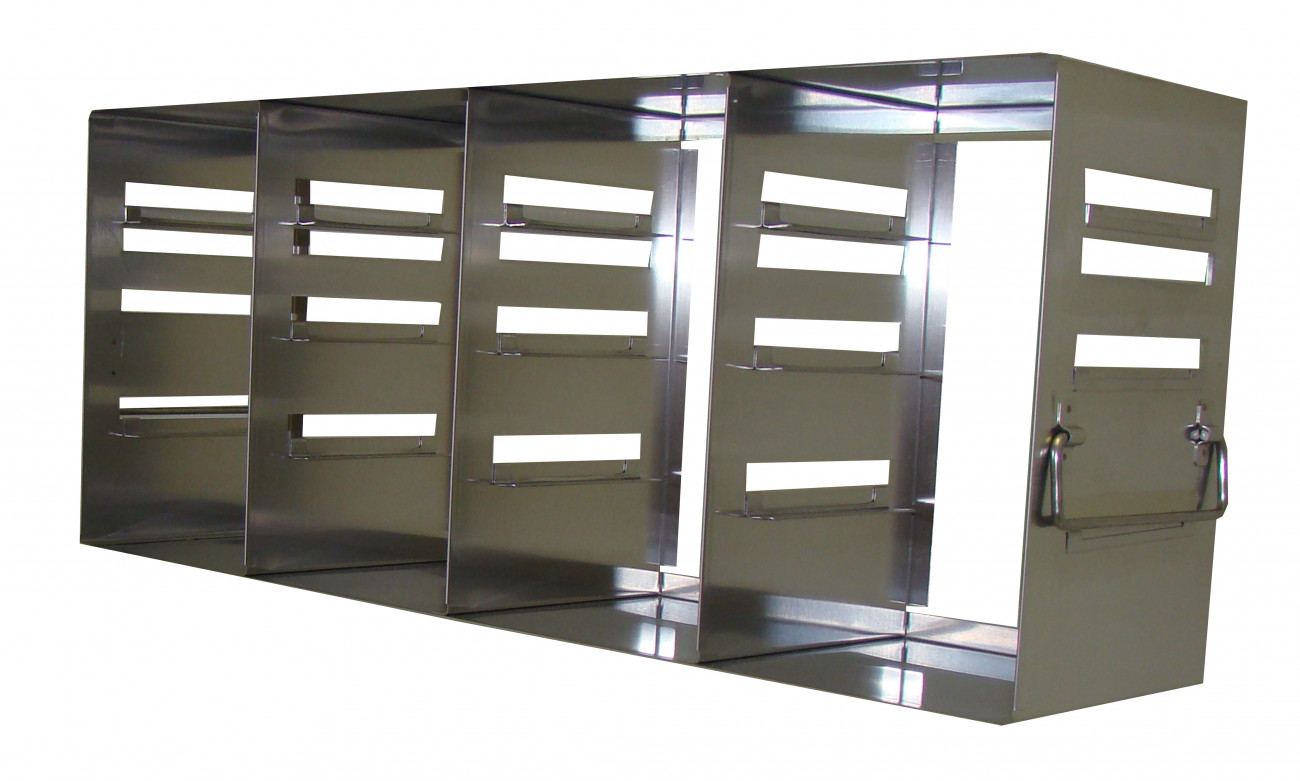Home> Freezer Organization Ideas
Freezer Organization Ideas: Revolutionize Your Space-Saving Game!
Explore freezer organization ideas that transform your kitchen! Uncover secrets to maximize space, improve accessibility, and reduce food waste.
Organizing A Chest Freezer: 10 Ways To Store Frozen Food
By: Henry Campbell • Interior Design
